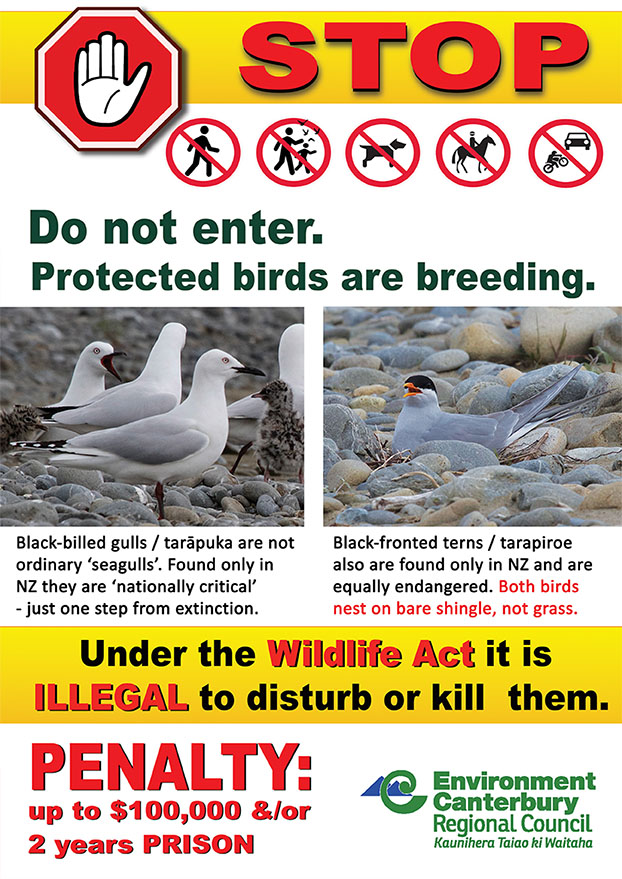People
People have in fact created all of the problems that now threaten braided rivers and their ecosystems, from deliberately introduced predators, invasive plants, habitat loss to climate change. These are historic and/or large scale threats that require complex management strategies.
This page briefly outlines the threats of human activities not covered in other sections and current problems being addressed through advocacy, community education, and legislation. Some but not all of these issues are being discussed and decided upon through the Canterbury Water Management Strategy and/or through the courts.
There are very few remaining places where rare and endangered birds nest along our braided rivers. In contrast, there are many many places where we can walk dogs, drive off-road vehicles, go fishing and kite-surfing, drive our boats and fly our planes.
For the most part, when people learn how precious these small sections of rivers are to endangered birds, they celebrate their arrival and are either careful not to interfere or actively help to protect these areas.
Unfortunately, some people either ignorantly or purposefully set out to destroy these precious few remaining areas.
Agricultural conversion
This complex problem is considered in its historical context and ongoing debate in this section on ‘habitat loss‘.
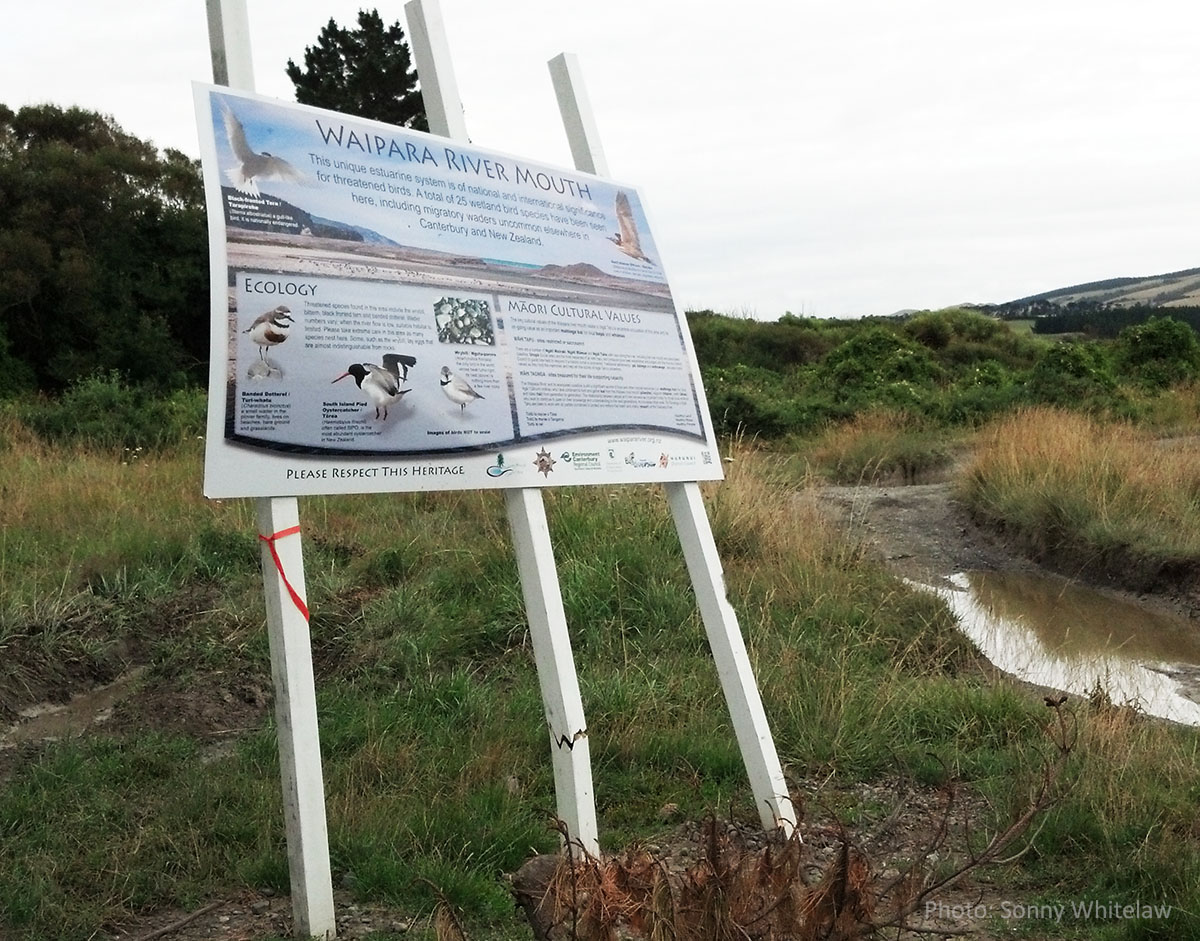
Pollution
Pollution comes from point and non-point sources. Point sources include things like industrial discharges and sewerage treatment plants and urban runoff through drains. Non-point sources are harder to define and include farm and urban runoff over the land and through soils.
In Canterbury, farm runoff is a major problem, particularly with the recent rapid growth in dairy farming and irrigation adding excess nitrogen and phosphate to the waters, along with agricultural chemicals and heavy metals such as cadmium. Excess nitrogen combined with phosphate, for example, leads to algae blooms. This reduces oxygen in the water and the amount of light getting through, starving native plants and destroying in-stream invertebrate and fish habitats. At the top of the food chain, there is less or no food for river birds.
Water abstraction
We take a great deal of water from our rivers, for domestic use, manufacturing and other commercial reasons, to generate power, and for irrigation.
Taking water from braided rivers, and damming them, changes their natural character and hydrology.
When water levels drop, the gravel islands used by many birds to nest become joined to the land. Introduced predators including hedgehogs, cats and stoats are then easily able to reach nests. They steal eggs, kill chicks and nesting parents, and often scare away entire colonies of rare and endangered breeding birds.
Low levels of water also means pollution becomes more concentrated. This is a critical problem in Canterbury, which has a naturally drier climate than other parts of the country, a situation that will be increasingly challenging as the effects of climate change accelerate.
Recreational: 4x4 and fishing
Unattended eggs and young chicks are extremely vulnerable to predation and cold temperatures. If parent birds are kept away from their nests, the eggs and young chicks quickly perish. People, and their dogs, commonly disturb nesting birds. Vehicles run over eggs and chicks. The impact of jetboats is relatively minimal compared to other recreational activities such as fishing. In 2014 a single fisherman caused an entire colony of birds to abandon their nests in the Ashley Rakahuri. Microlight aircraft and kitesurfing around areas where birds breed also disturbs them.
Some of these activities have been regulated in some places, (see for example the Northern Pegasus Bay Bylaw 2016) but not all of the important bird breeding areas.
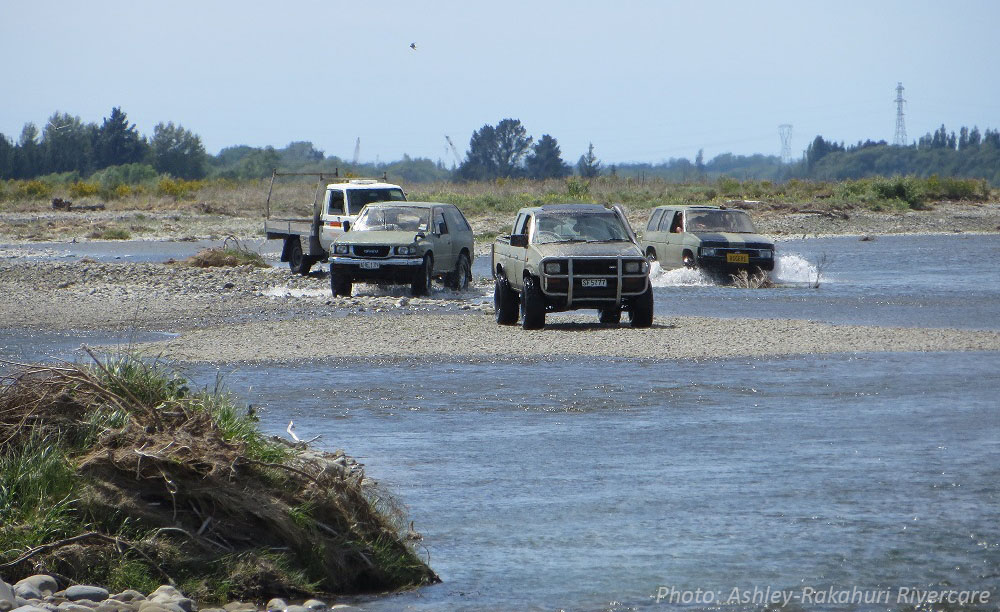
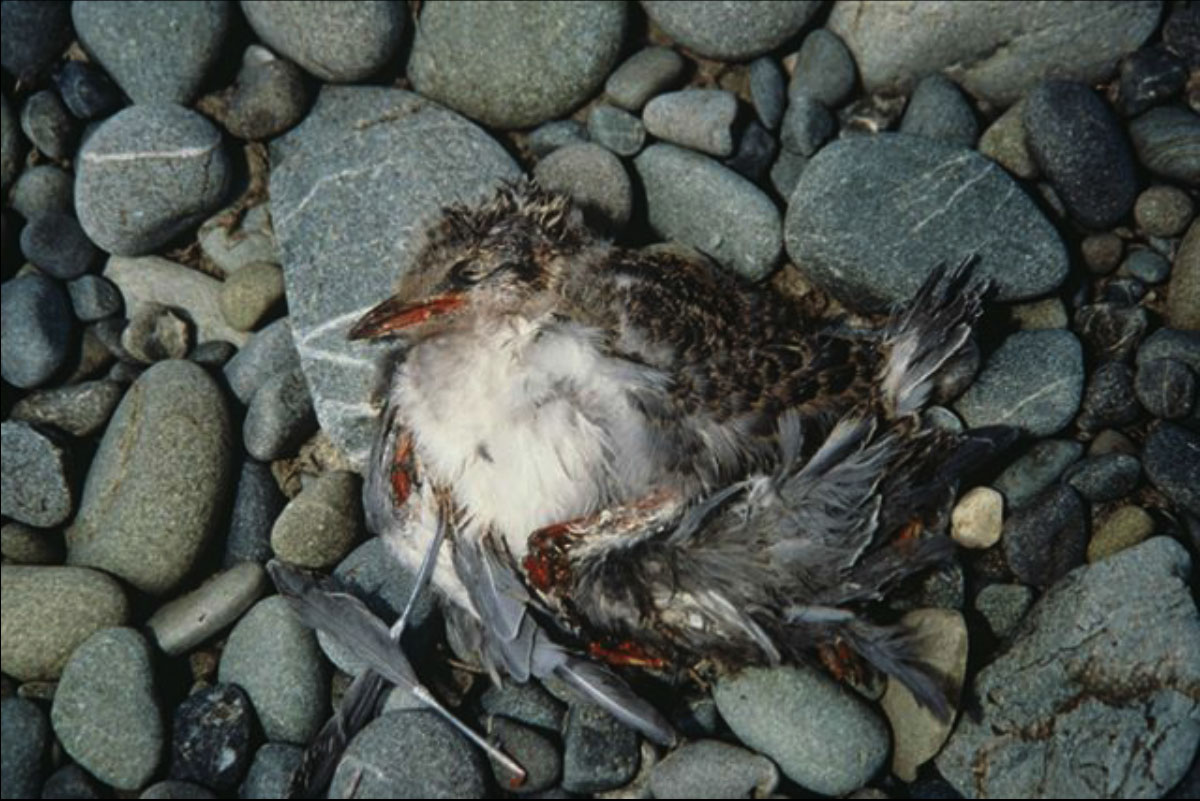
Engineering works
Engineering works are done for many reasons including flood control, road and bridge construction, gravel extraction, land development, and water storage and diversion. These activities have largely destroyed the natural character of braided rivers. For example, machinery in riverbeds during the breeding season may disturb breeding birds and destroy nests, killing eggs and chicks. Poorly managed gravel extraction and water storage changes the hydrology of the river so that it is no longer ‘braided’. In the worst cases, poorly managed gravel extraction can exacerbate erosion and flooding and cause sediment to enter waterways, leading to the degradation or destruction of ecosystems.
In contrast, well-managed engineering and river bed works such as well-timed gravel extraction can help restore the character of rivers by removing invasive weeds, helping to create and maintain islands, and keeping waterways flowing even during minimal flow periods. Timing is often everything. In many instances, it’s simply a case of avoiding a very small patch of rivers where birds nest during the breeding season.
Under the Braided Rivers Partnership Project, BRaid works with gravel extractors such as Taggart Earthmoving and Fulton-Hogan, both of whom have actively assisted to create and restore braided river bird habitats as part of their day-to-day operations.
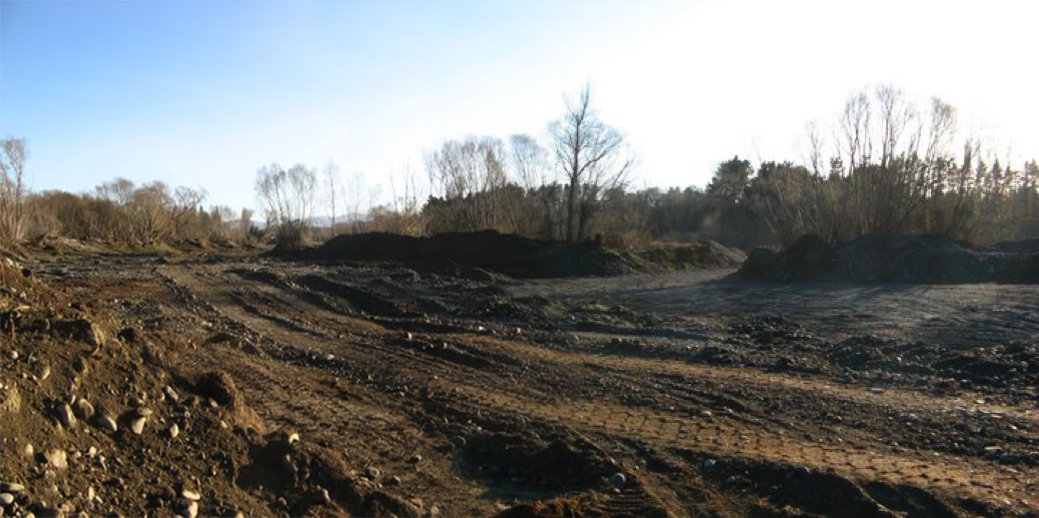
Conservation
The primary regulatory tools to protect braided rivers in Canterbury are embedded in the Canterbury Water Management Strategy
- Maintain the upper catchments of alpine braided rivers as largely natural ecosystems and landscapes
- No new dams on the main-stem of major alpine braided rivers
- Maintain active floodplains, flow variability and sediment movement – including during river protection works, land-use change or deliberate vegetation stabilisation
- Support the dynamics of the river mouth and coastal processes
- Implement actions to correct the decline in useable braided river bird habitat
However, for reasons outlined in ‘habitat loss: defining braided rivers‘, sections of this Strategy also are under threat. The Wildlife Act protects endemic birds, reptiles, and to a certain extent, fish, but it doesn’t protect habitats, ecosystems or plants. And prosecutions under the Wildlife Act are few and far between.
Signs provide information and in some situations, we use them as a warning and deterrent, but they are often ignored or destroyed.
Other conservation activities in relation to human activities are outlined on a case-by-case basis in the different pages on rivers, ecology, and conservation.
